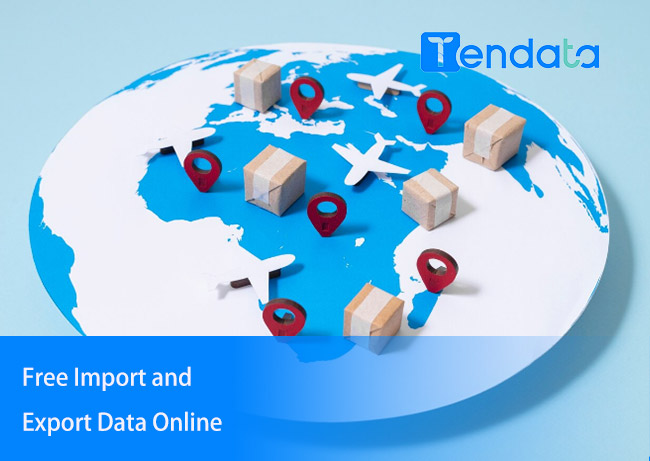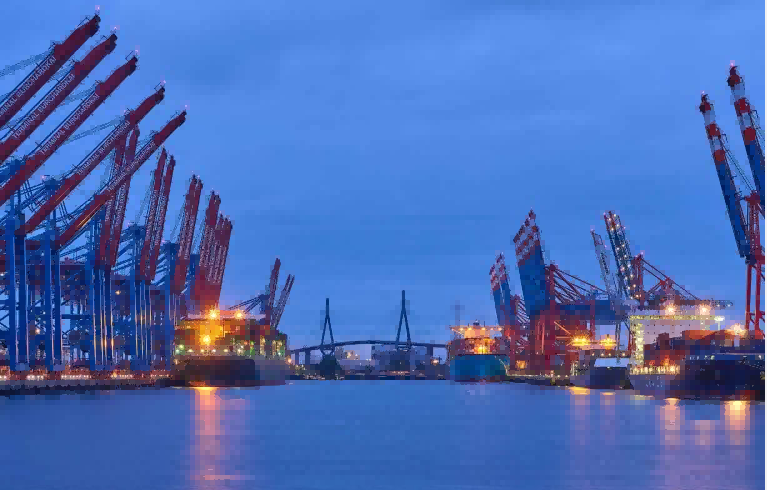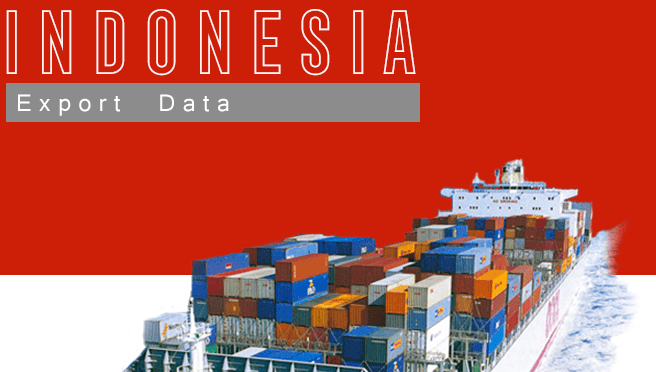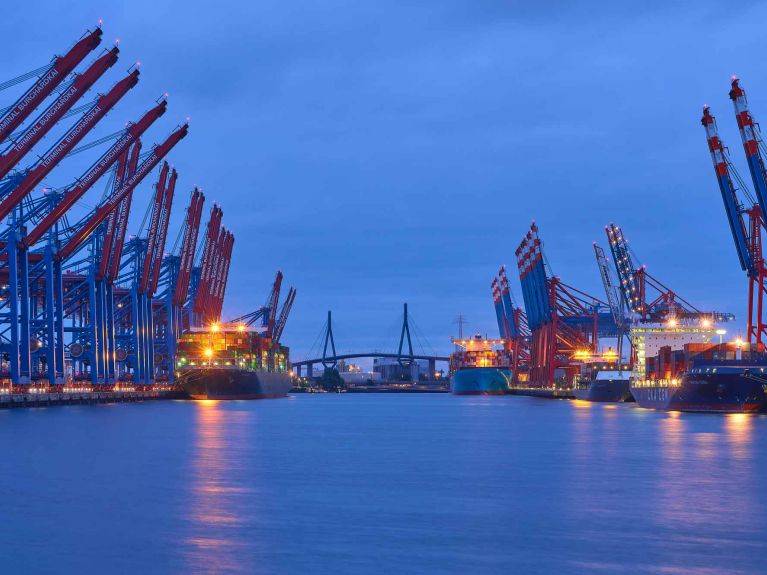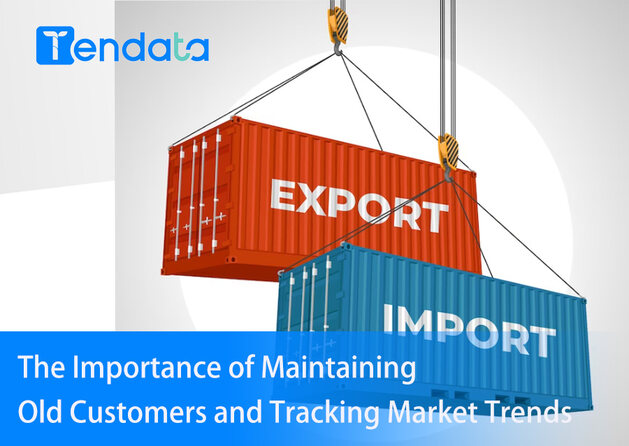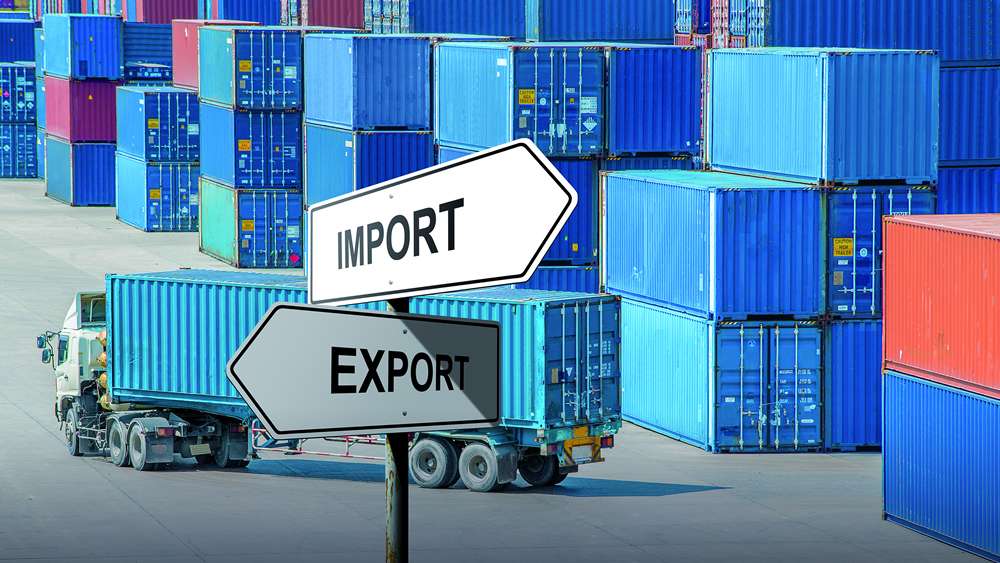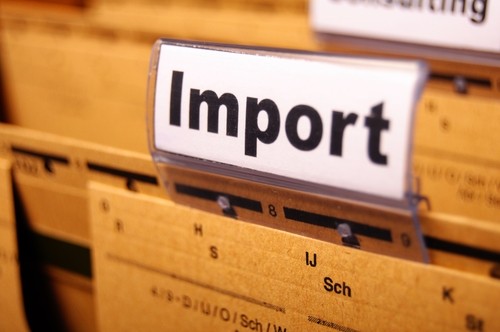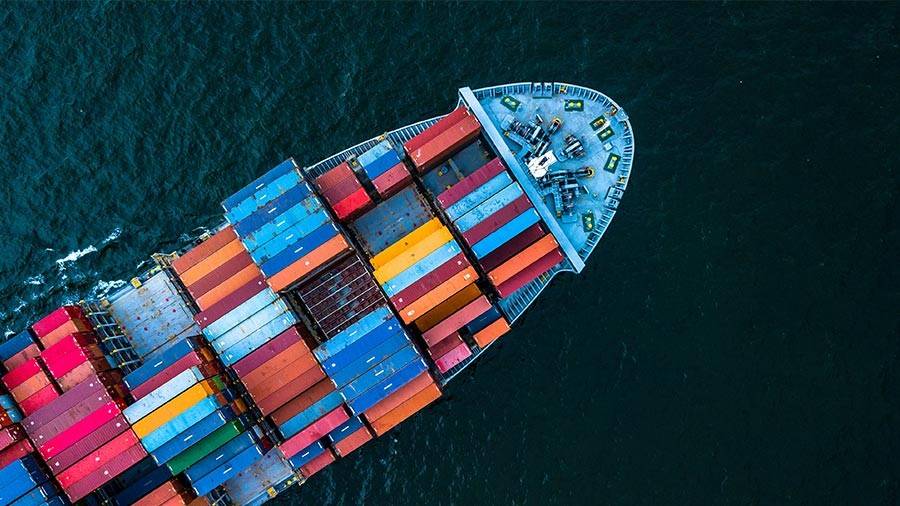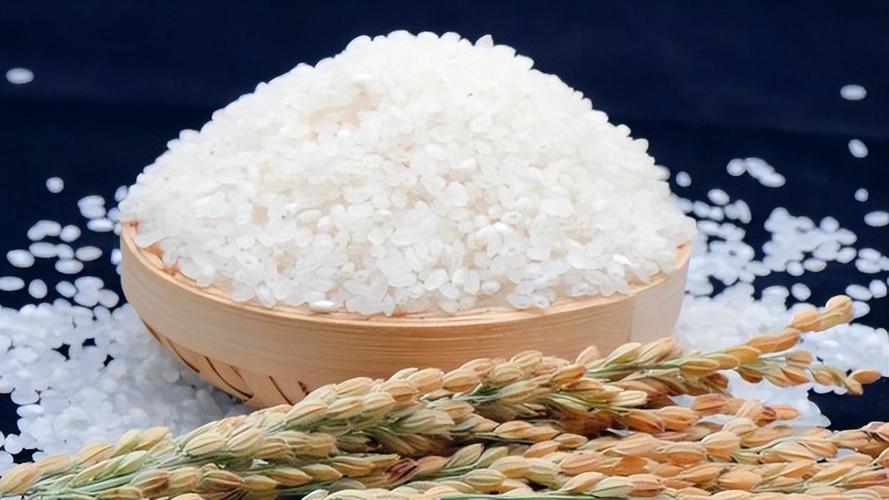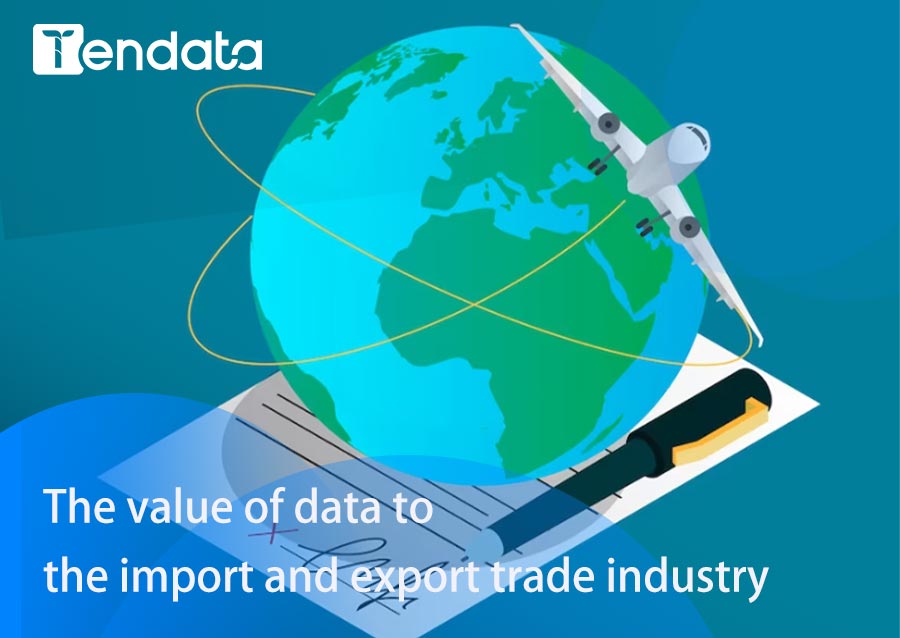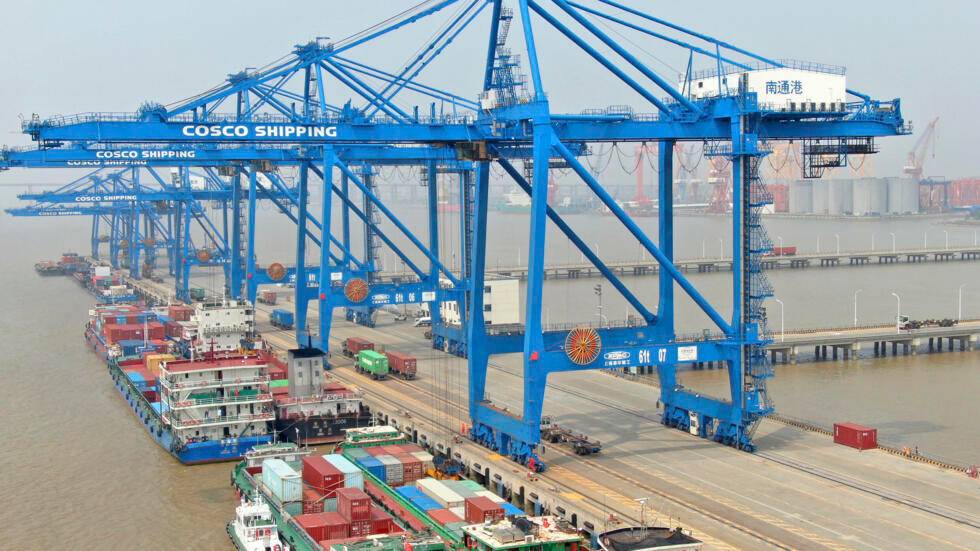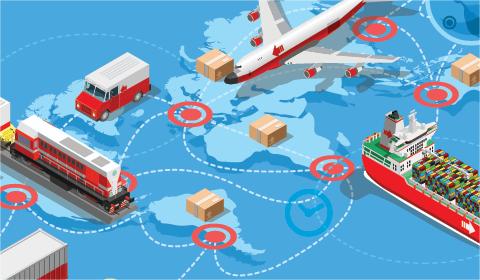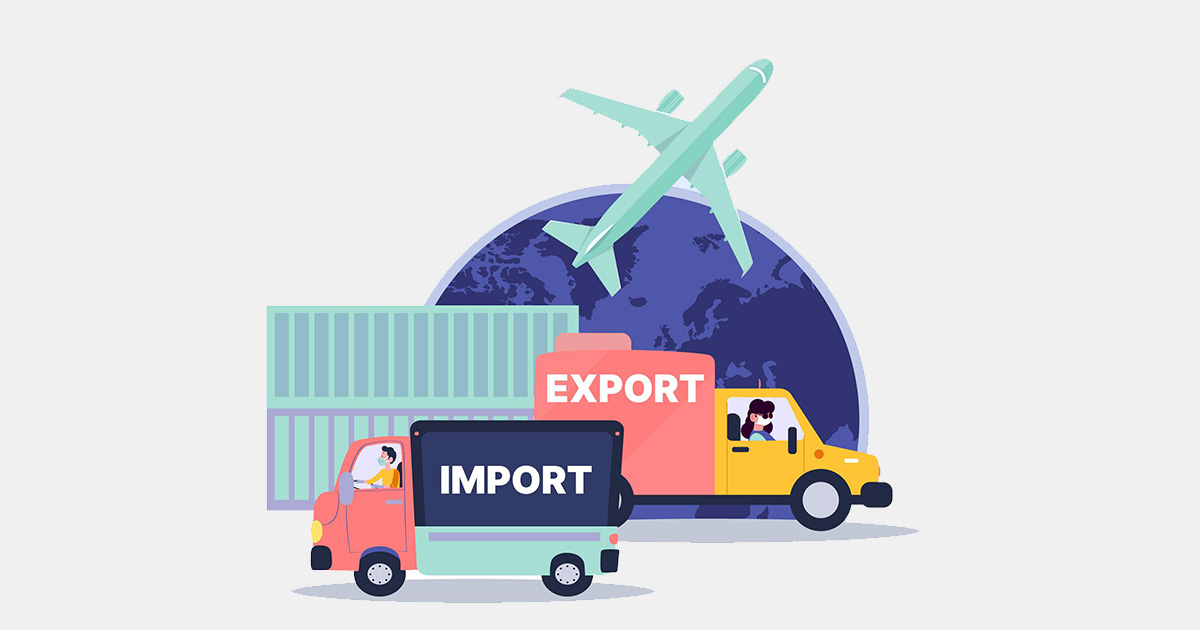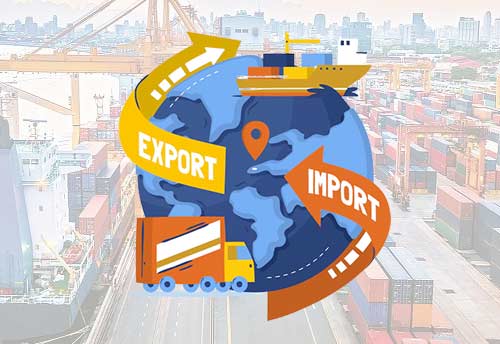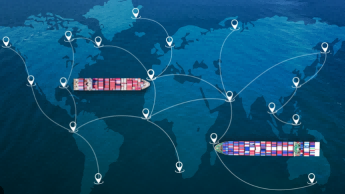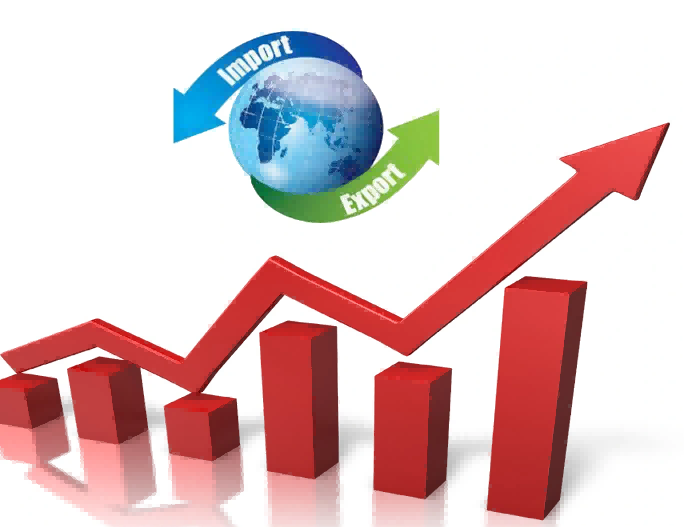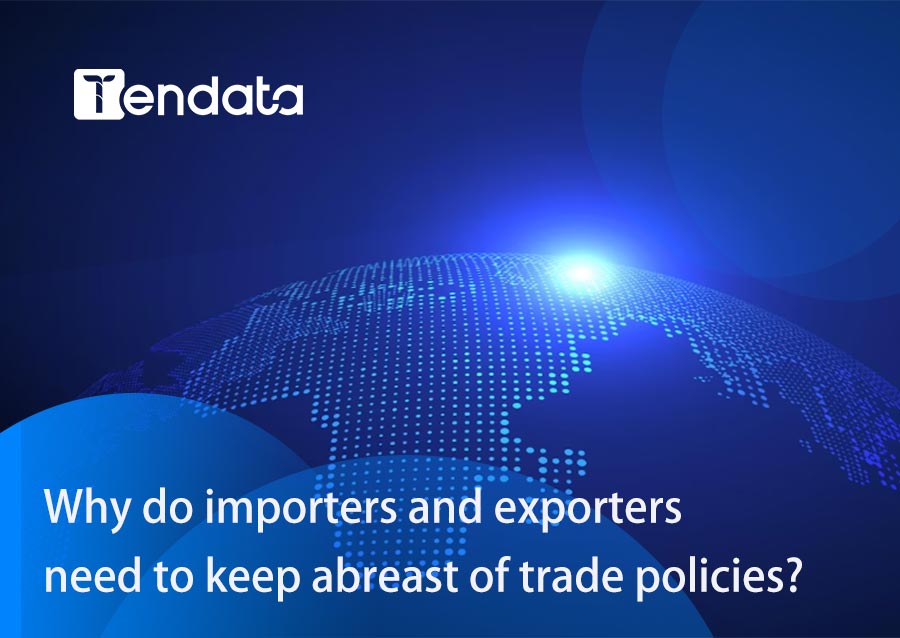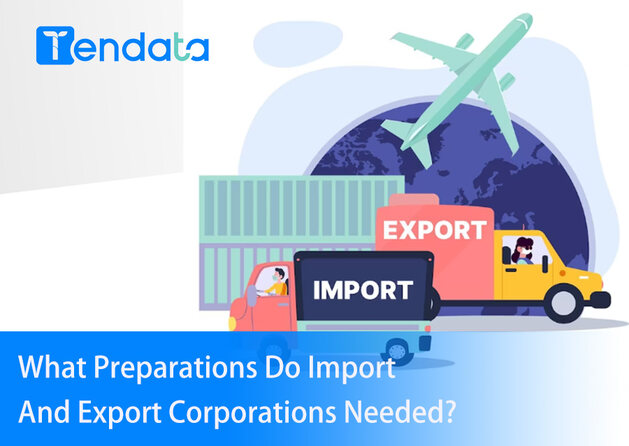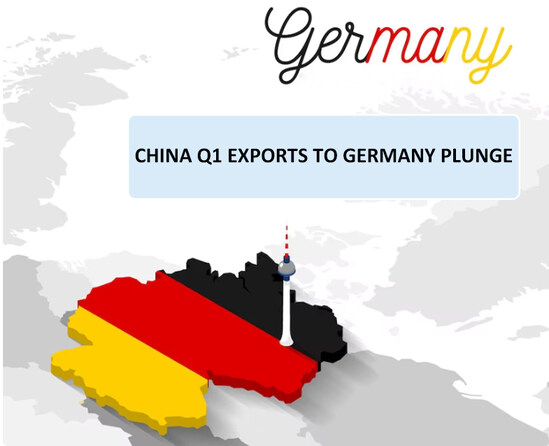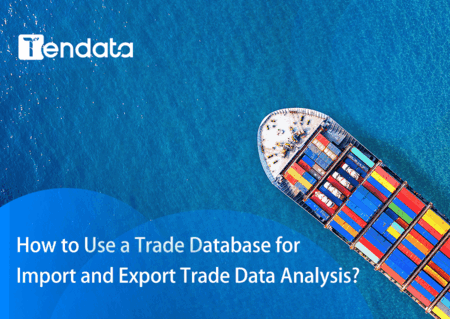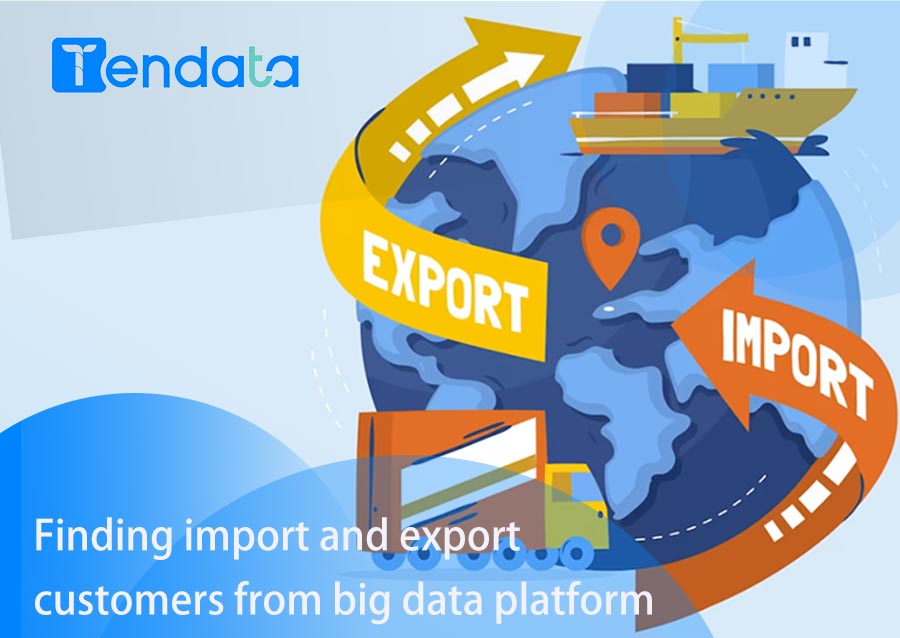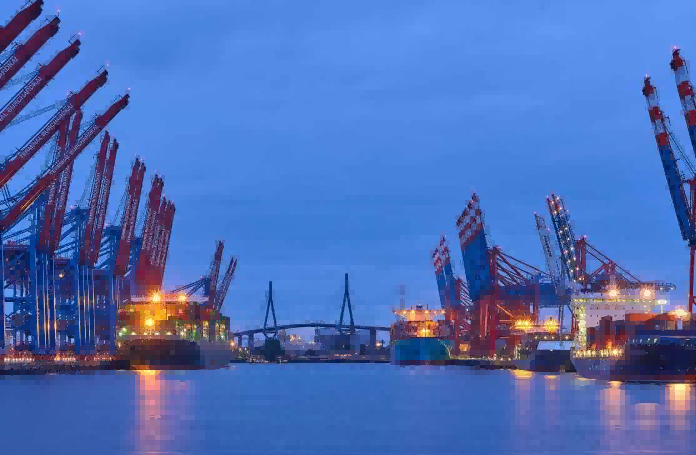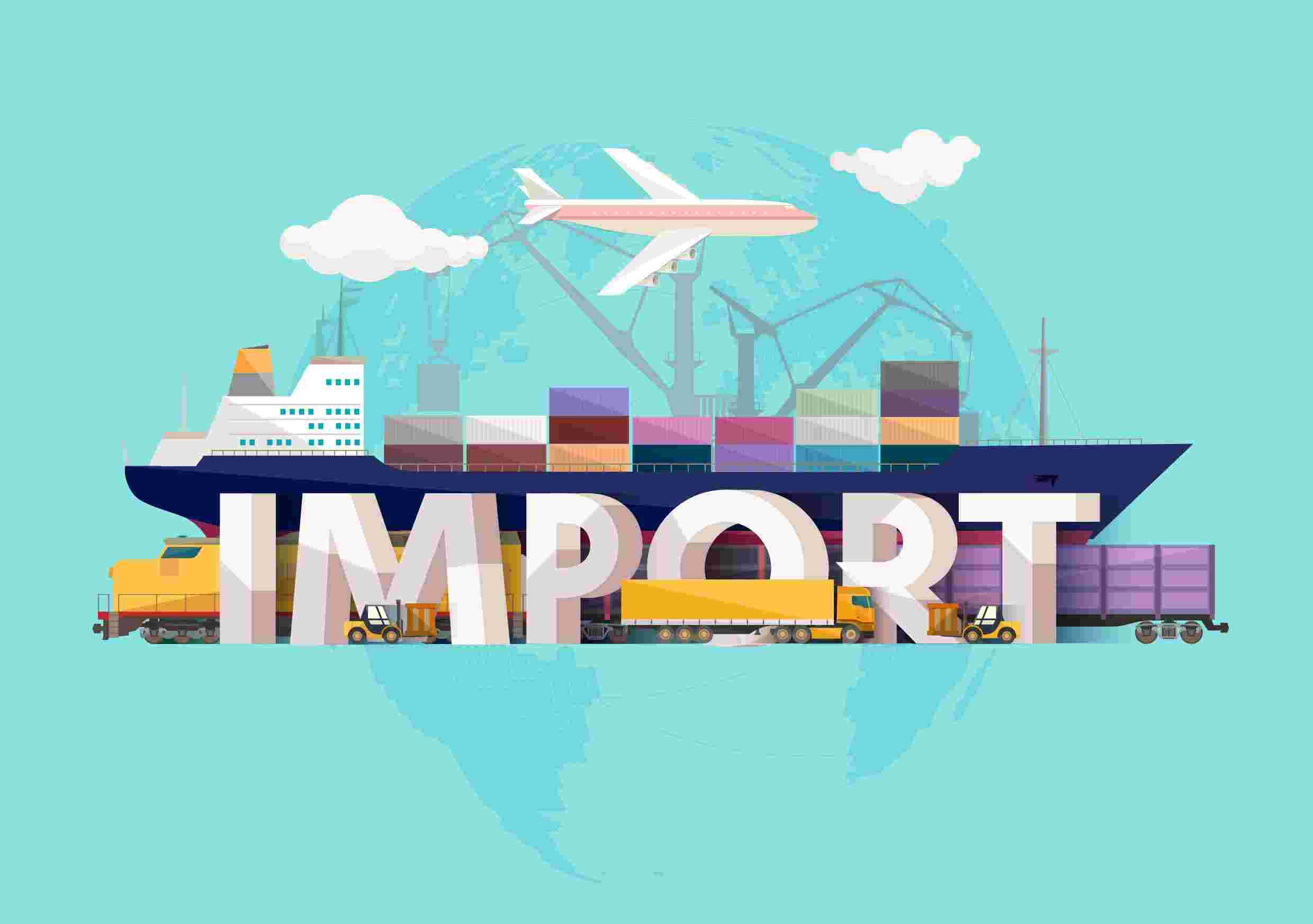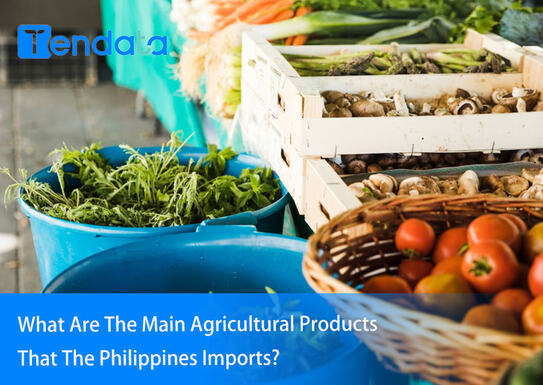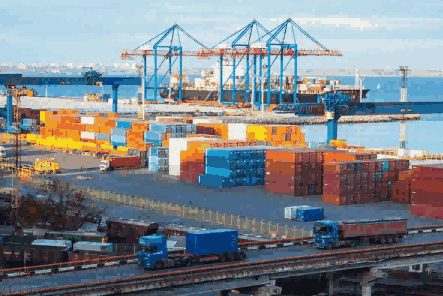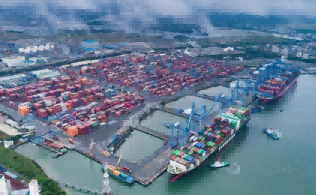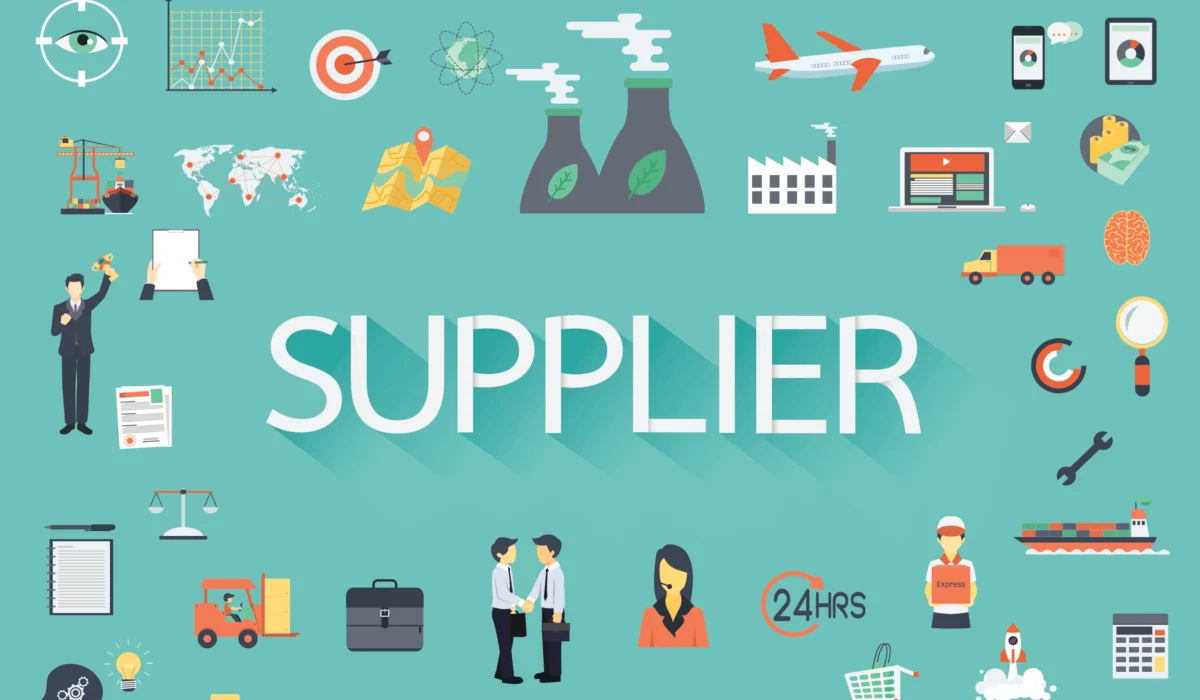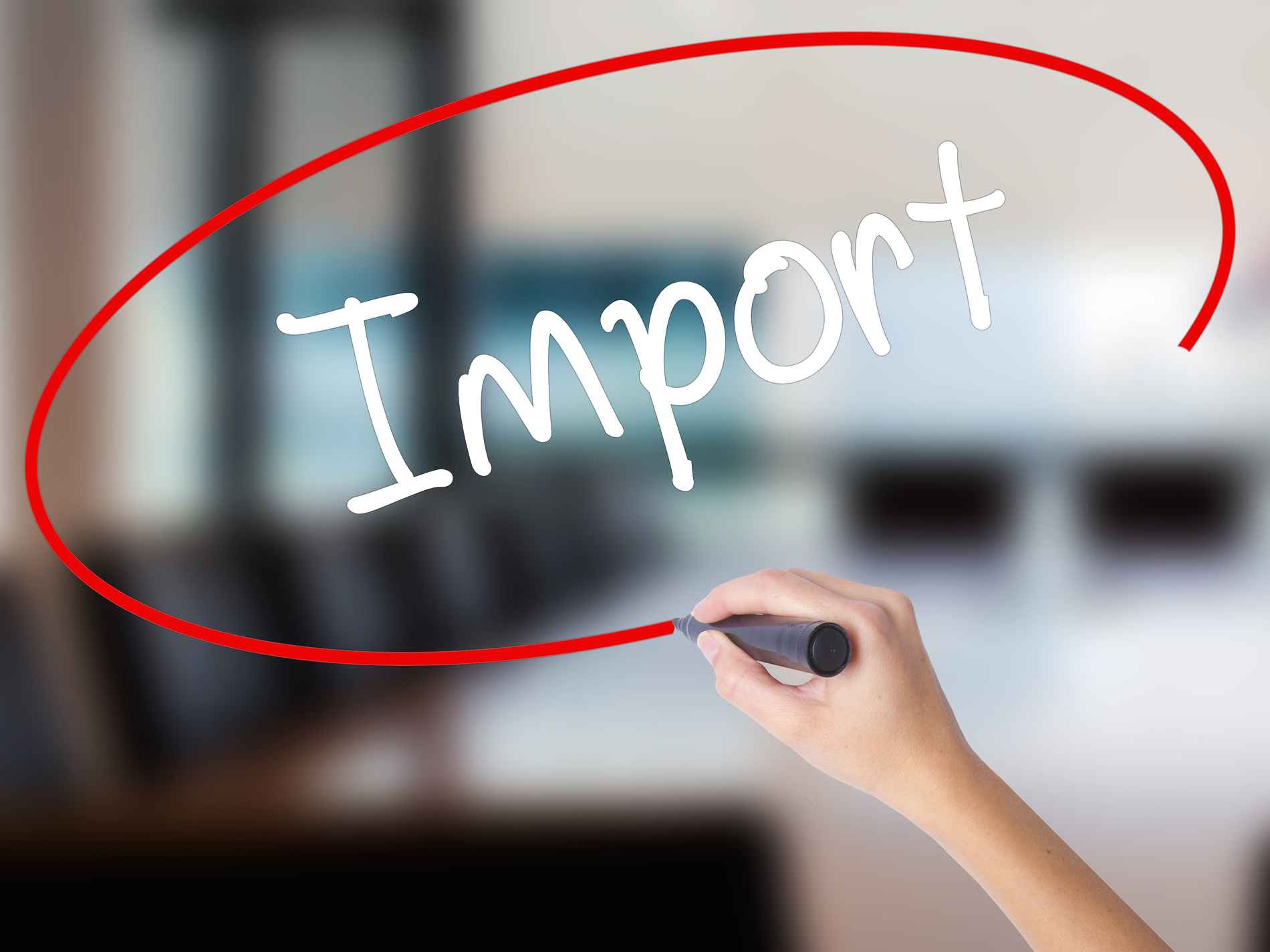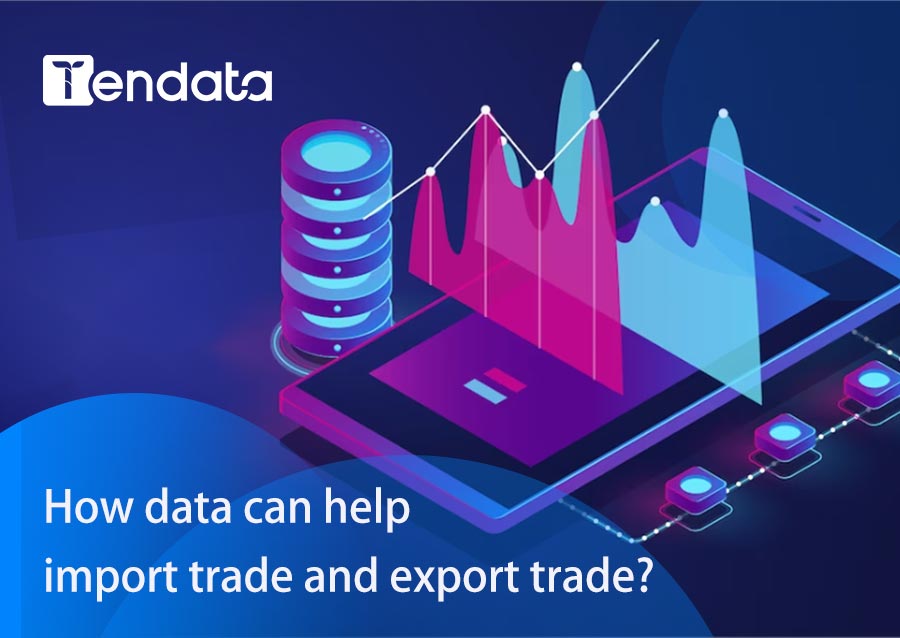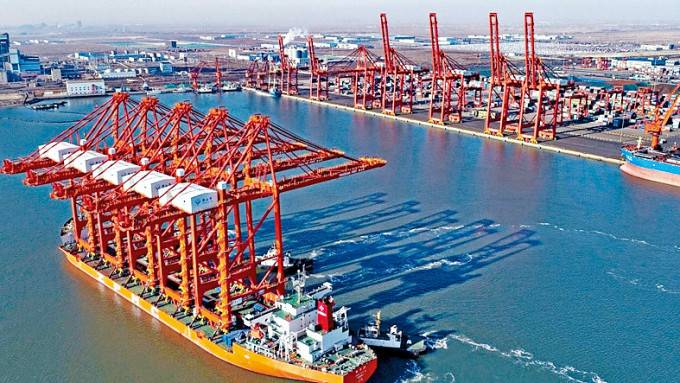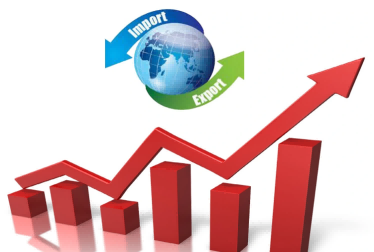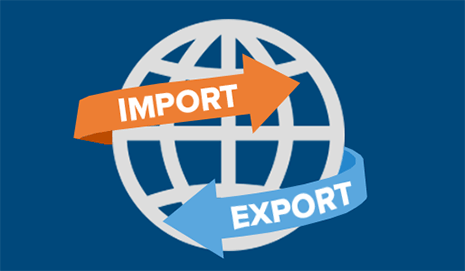 Market Insights
Market Insights
 2025-05-09
2025-05-09
In 2024, Malaysia's total trade value reached 2.879 trillion ringgit, marking a 9.2% year-on-year increase and setting a new historical record. This is also the fourth consecutive year Malaysia has surpassed the 2 trillion ringgit threshold. Of this total, exports exceeded 1 trillion ringgit for the fourth year in a row, growing 5.7% to 1.508 trillion ringgit. Imports rose 13.2% year-on-year to 1.371 trillion ringgit, crossing the 1 trillion ringgit mark for the third consecutive year. The trade surplus stood at 136.88 billion ringgit, marking 27 consecutive years of trade surplus since 1998.
With strong growth potential in emerging industries, Malaysia has become a popular destination for businesses looking to expand overseas. As such, many companies are interested in how to tap into the Malaysian market. This article provides a detailed analysis.

I. Malaysia's Main Export and Import Markets
1. Singapore and the U.S. Lead as Key Export Destinations
Malaysia's export growth was mainly driven by increased shipments to Singapore and the United States, with exports to Singapore up by 6.9 billion ringgit, and to the U.S. by 4.3 billion ringgit. Additionally, exports of steel and chemicals to Turkey and Mexico reached record highs. Strategic efforts to develop new markets also contributed to growth, with exports to Bangladesh, Costa Rica, and Egypt hitting new records. Rising demand in African and Middle Eastern countries such as Kenya, Oman, and Namibia also helped boost Malaysia's export volumes.
2. Imports Primarily from China and the U.S.
On the import side, growth was largely driven by China and the United States, with imports from China up 4.2 billion ringgit and from the U.S. up 3.5 billion ringgit. There was also notable growth in imports of electrical and electronic products, machinery, and components.

II. Malaysia's Major Export and Import Products
1. Exports
In 2024, Malaysia's top export products included:
·Electrical & electronic products: RM601.18 billion (39.9%)
·Petroleum products: RM127.37 billion (8.4%)
·Agricultural palm oil: RM79.22 billion (5.3%)
·Chemical products: RM73.57 billion (4.9%)
·Machinery and parts: RM69.04 billion (4.6%)
·Metal products: RM61.55 billion (4.1%)
·Liquefied natural gas: RM60.84 billion (4%)
·Optical & scientific equipment: RM59.17 billion (3.9%)
·Processed foods: RM35.37 billion (2.3%)
·Industrial palm oil: RM35.11 billion (2.3%)
Malaysia showed especially strong performance in exports of manufactured and agricultural goods, with notable growth in electronic products, machinery, food processing, and scientific equipment. Exports of electrical and mechanical equipment both exceeded RM10 billion, reflecting the vibrant development of high-end manufacturing. Traditional strengths such as palm oil, metal products, and rubber goods also remained key growth drivers.
2. Imports
Top imported products in 2024 included:
·Electrical & electronic products: RM455.68 billion (33.2%)
·Petroleum products: RM128.57 billion (9.4%)
·Machinery & components: RM113.72 billion (8.3%)
·Chemical products: RM104.14 billion (7.6%)
·Metal products: RM71.07 billion (5.2%)
·Crude oil: RM63.17 billion (4.6%)
·Transport equipment: RM52.95 billion (3.9%)
·Steel products: RM32.83 billion (2.4%)
·Optical & scientific equipment: RM32.52 billion (2.4%)
·Processed foods: RM32.01 billion (2.3%)
III. How to Develop Customers in Malaysia?
1. Access Malaysia Trade Data
Using Tendata's trade data, you can search product keywords to view all Malaysian buyers of a particular product. You'll gain access to detailed information including buyer contacts, transaction records, shipment details, and procurement patterns—helping you understand who they're buying from, what they're buying, and how often.
>> View Malaysia Trade Data with Tendata <<
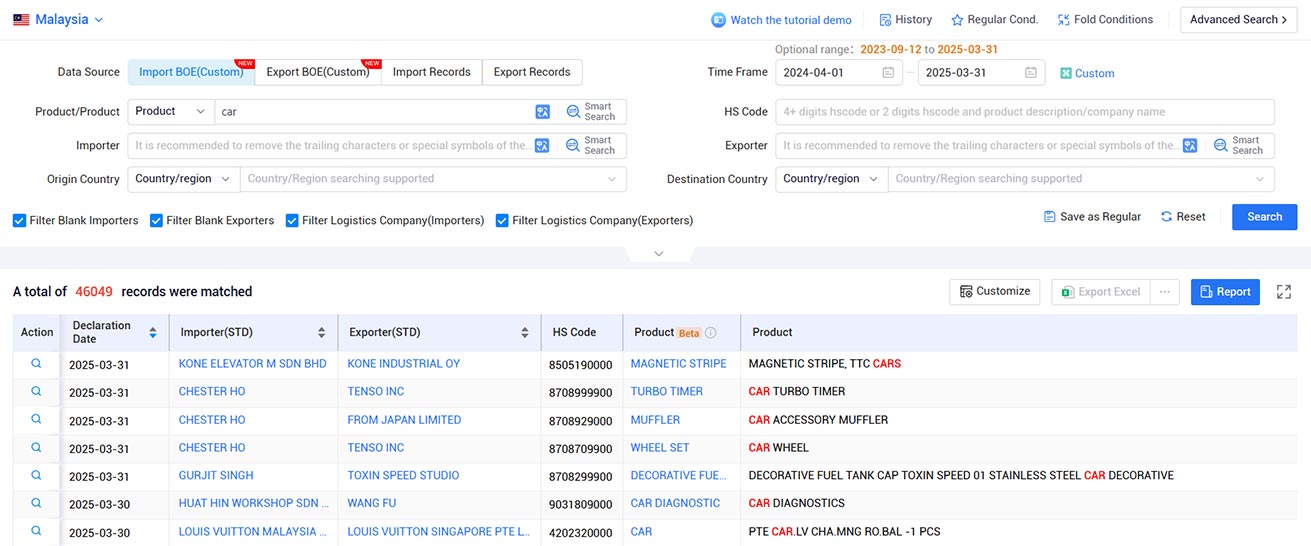
Tendata offers free demos of Malaysia's trade data to help exporters efficiently develop the local market.
>> Access Demo of Malaysia Trade Data <<
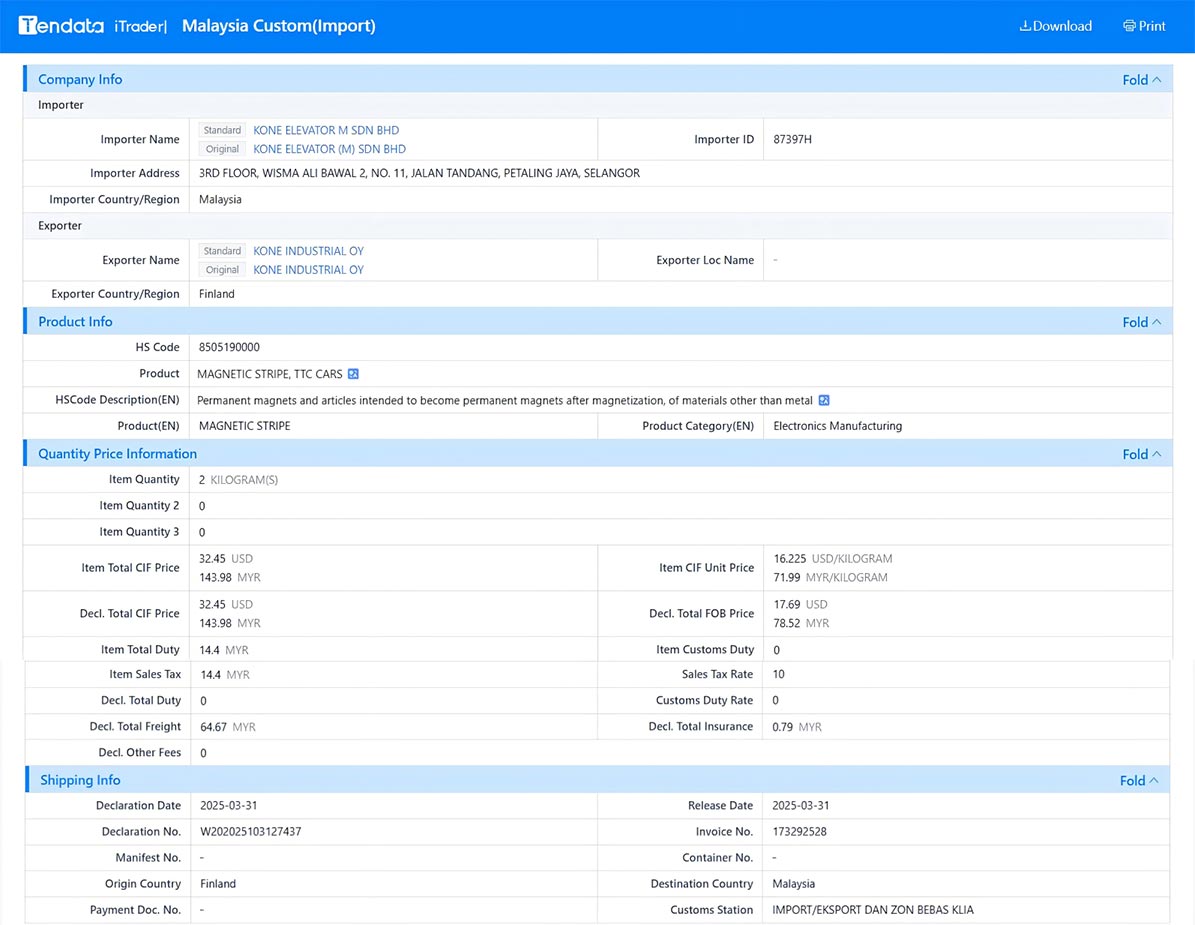
2. B2B Platforms
Besides Alibaba, you can also use local Malaysian B2B platforms, which may be more effective for regional outreach.
Useful B2B platform links:
·http://e-directory.com.my
·http://www.wtexpo.com
Choose relevant product keywords when publishing listings. Use tools like Google Trends and Google Ads to find high-traffic and high-conversion keywords.
3. Local Business Resources
Useful local search and regulatory portals include:
·Companies Commission of Malaysia: https://www.ssm.com.my/
·Malaysia External Trade Development Corporation (MATRADE): https://www.matrade.gov.my/en/
·Ministry of Foreign Affairs: http://www.kln.gov.my
·Ministry of Finance: http://www.treasury.gov.my
4. E-Commerce Platforms
If you're in retail, consider joining online shopping platforms such as Lazada. Shopee is another major platform and currently the largest e-commerce marketplace in Malaysia.
This guide offers a comprehensive strategy for businesses looking to enter and expand in the Malaysian market. With access to precise import-export data and a multi-channel approach, platforms like Tendata can help exporters effectively reach Malaysian buyers and grow their business.
Category
Leave Message for Demo Request or Questions


 T-info
T-info T-discovery
T-discovery

 My
Tendata
My
Tendata Market Analysis
Market Analysis Customer
Development
Customer
Development Competitor
Monitoring
Competitor
Monitoring Customer Relationship
Customer Relationship